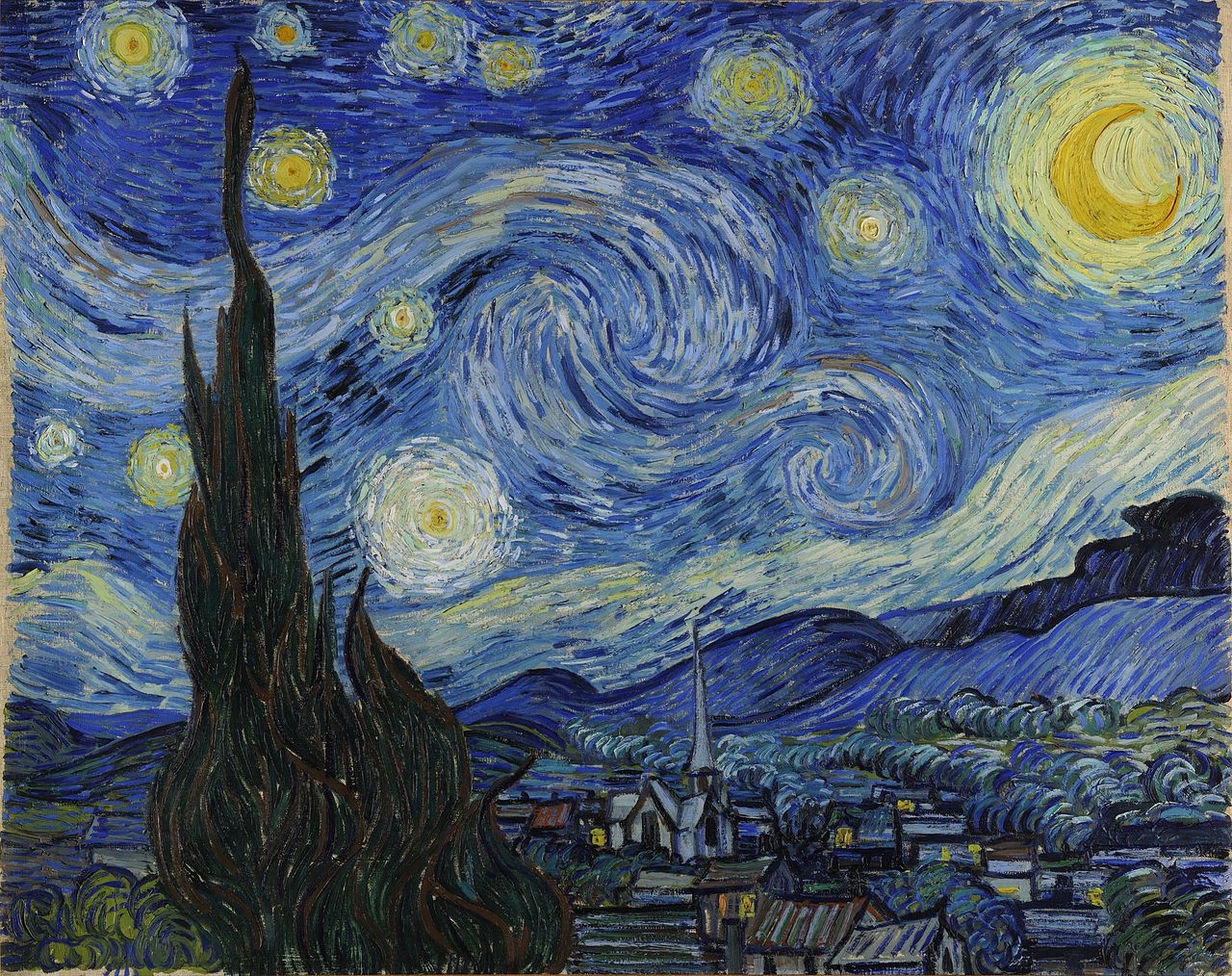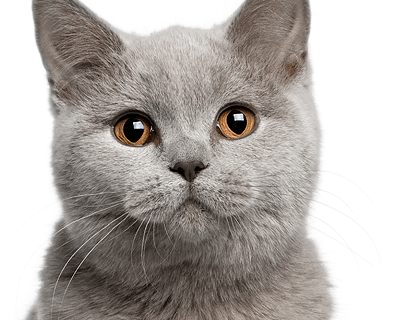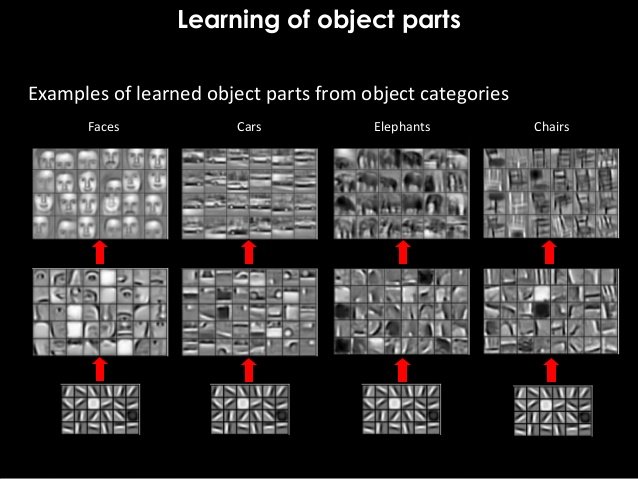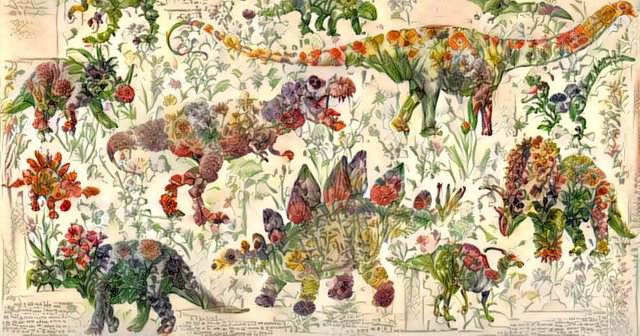Steemy Nights - A primer on style transfer
What makes Starry Night look like a van Gogh painting ? Is it the colours ? Is the brush stroke ? Is it the subject ? Somehow when we see this painting we associate its style to its author. If the style of the painting can be thought of as an independent component from the subject it represents, would it be possible to apply the style of Starry Night to another painting of picture ?

In A Neural Algorithm of Artistic Style [1], published in 2015 by Gatys, Ecker & Bethge, the authors try to address this question using recent advancements in Artificial Neural Networks. They were indeed able to separate content and style, allowing them to apply style to arbitrary content. Their work gave rise to beautiful pieces of work, some apps like deepart.io, Prisma or Pikazo.

Aren't you curious to know how this works ?? It's not black magic I promise !
So the premise is the following : given an image, we want an algorithm that can transfer the style of a second image onto the first (an example is shown with Starry Night in the picture above, whose style is transfered to a picture of the university of Tubingen in Germany).
When Machine Learning is applied to images, we don't reason in terms of pure images : for a computer, as for our network, they are just a set of numbers (the pixel values). Of course this means losing a lot of information about the structure of the image : when you see a photo of a cat, you don't count the individual pixels to recognise a cat. What you do is look for features. These are characteristics of what you are looking at that help you identify it : is it cute ? is it furry ? does it have a nose ? does it have whiskers ? ...

Thankfully, researchers have already worked on this problem. A Convolutional Neural Network extracts features from an image. It does so in an abstract manner, looking for lines or shapes. These are the elementary building blocks that you analyse to determine if the thing you're looking at has a nose or whiskers.

CNNs are a form of Deep Learning network, meaning they have many different layers. At each layer, the representation is a bit different, each level being more or less abstract as shown in the figure above. In this paper they used a pre-existing CNN called VGG-19 developped at Oxford's Visual Geometry Group [2].
Okay so we've got intermediate representations of images, encoding more or less abstract features from it. How does that help us "transfer style". Well our goal here is to find a way to seperate these features into two groups : content and style.
Let's start with the simpler one : content. As we mentioned earlier, some of the features naturally encode the structure of the image : lines, shapes, ... This is our content !
How about style ? Well this is the paper's main contribution. They defined style as correlations, relatedness, between features. In other words, if you have some feature "blue" and some feature "swirly", they are highly correlated in Starry Night [3]. Formally this is computed as the Gramian Matrix in the feature space, a common measure of correlation [4].
We have now got all the pieces to the puzzle ! We extract structure from the image, and style from the painting. When similar features are matched between the image and the painting (for example a "blue" part), the style from the painting is applied to the image, so that the correlations match (making the "blue" part "swirly"). The result is a transformed version of the original image which looks a lot like the painting, but retaining its structure.
I'll leave you with some examples taken from the paper and some cool flower dinosaurs by Chris Rodley [5] :


Try making your own style transferred art and post it in the comments !
Sources
[1] https://arxiv.org/abs/1508.06576
[2] http://www.robots.ox.ac.uk/~vgg/research/very_deep/
[3] https://twitter.com/mewo2/status/830875447504277506
[4] https://en.wikipedia.org/wiki/Gramian_matrix
[5] https://chrisrodley.com/
Joli post ! Keep going =)
Thanks @lastminuteman !
Well, I find this super interesting. I was happy to see how they broke down style to correlations. Unless we break it down like that, we can't do anything with it.
So is there a tool that allows me to make my own style transferred art? I won't go for painting it myself, it's gonna be too messy. :P
Looking forward to more such posts, by the way. Really enjoyed this one!
Thanks for your interest in the article @borislavzlatanov :)
You can try out some of the following services to do some style transferred art :
Don't hesitate to post your results !
OK, I had some fun with it. Here's what came out when I used a picture of myself and deepart.io.
Awesome man ! Have fun :)
Disclaimer: I am just a bot trying to be helpful.
Congratulations @dtsbourg! You have completed some achievement on Steemit and have been rewarded with new badge(s) :
Click on any badge to view your own Board of Honnor on SteemitBoard.
For more information about SteemitBoard, click here
If you no longer want to receive notifications, reply to this comment with the word
STOPBy upvoting this notification, you can help all Steemit users. Learn how here!
Congratulations @dtsbourg! You have completed some achievement on Steemit and have been rewarded with new badge(s) :
Click on any badge to view your own Board of Honnor on SteemitBoard.
For more information about SteemitBoard, click here
If you no longer want to receive notifications, reply to this comment with the word
STOPBy upvoting this notification, you can help all Steemit users. Learn how here!
Congratulations @dtsbourg! You received a personal award!
You can view your badges on your Steem Board and compare to others on the Steem Ranking
Do not miss the last post from @steemitboard:
Vote for @Steemitboard as a witness to get one more award and increased upvotes!